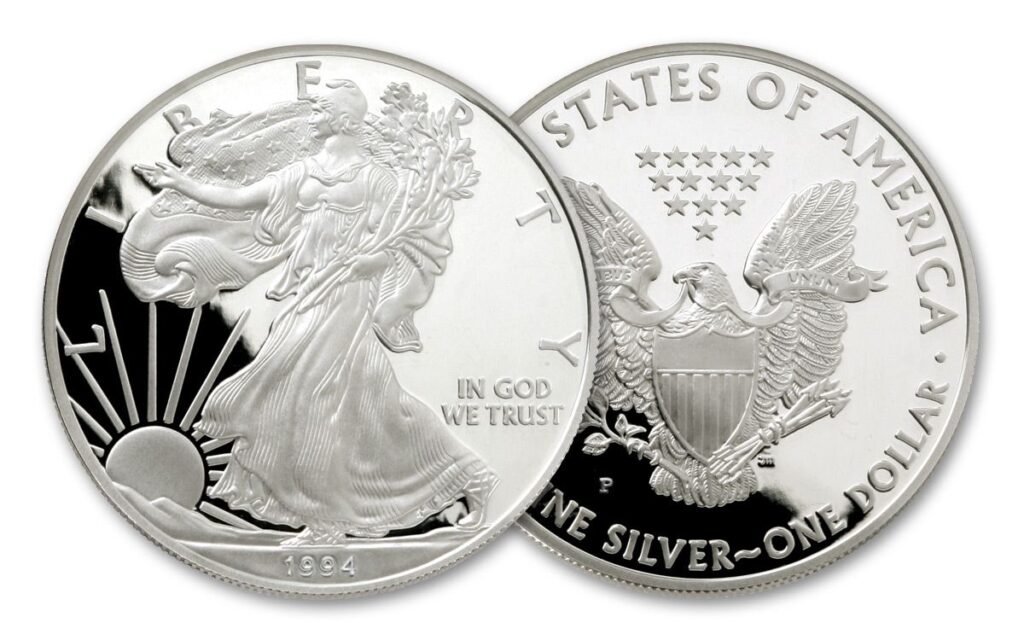What is a BU type 1 coin? Some people have heard of BU coins, and some people have not. But what exactly is this term?
What does it mean, and why do so many coin collectors use it? In this article, we’ll answer all of these questions and more.
What is a BU Type 1 Coin?

For example, brilliant Uncirculated is referred to as BU, but this term is less frequently used as the Sheldon numerical grading scale becomes more popular.
Even though there are some generally accepted coin grading guidelines, some coin dealers buck the system and set their standards.
Establishing a relationship with a reliable coin dealer is best if you rely on them to grade the coins they sell accurately.
They will then be aware of your preferences for coins and their condition about your collecting objectives.
Coin Grading System
Six factors—strike, preservation, luster, color, and attractiveness—generally determine a coin’s grade and the state or country in which it was minted on occasion.
There are many different grading schemes available. For varying fees, certification services grade coins professionally.
Early Grading System
All coins have different qualities, so coin collectors felt it was necessary to categorize them to determine their worth.
Rim damage, nicks, polishing, cleaning, scratches, and other signs of wear are considered when grading a coin.
A coin’s grade is also impacted by whether or not it displays signs of having been attached to the jewelry.
In the early days of coin collecting, coins were categorized using three general terms:
- Good – When the coin’s surface was worn from use, the most essential details were still discernible.
- Fine – When the features were less tarnished, the surface had a hint of mint luster.
- Uncirculated – When the coin’s features were distinct, its luster was similar to that of a freshly struck coin.
Sheldon Grading Scale
A coin’s quality is evaluated numismatically using the Sheldon Coin Grading Scale, a 70-point coin grading scale.
The Sheldon scale was a significant inspiration for the American Numismatic Association’s Official ANA Grading Standards.
William Herbert Sheldon invented the scale.
Difference Between Proof vs. Brilliant Uncirculated (BU) vs. Bullion
The terms proof, uncirculated, and bullion can be confusing to beginners.
The following is a breakdown of how these terms are used in the numismatic world:
Proof – A proof coin is a coin that has been minted using a special, premium minting procedure to create coins, especially for collectors.


Brilliant Uncirculated (BU) – A coin that has never been used in circulation and still has its full mint luster.
Bullion – A coin made of refined precious metal kept as a form of investment or a store of value rather than used for regular transactions. A bullion coin can be identified by its exact weight and fineness.

Are Brilliant Uncirculated (BU) Coins Valuable?
Do uncirculated coins merit collecting, then? First, they are valuable, given that their scarcity, excellent condition, and high demand make them valuable in most cases.
In addition, uncirculated coins were primarily created with the hobbyist in mind, which increases their value.
Since most of them are in like-new condition, their high value is justified.
Additionally, this particular coin type is generally scarce.
Therefore, uncirculated coins are what you should ideally choose if you intend to start a coin collection to sell it for a profit in the future.
Before you go…
Now that we’ve covered the basics, you should be more informed on a BU Type 1 coin and why they are valuable. We hope this article has helped provide an overview of the topic so you can make an informed decision on whether or not collecting brilliant uncirculated coins is right for you!
Check out my next article: “What Does Type 2 Mean on Coins?“
Related Articles:

